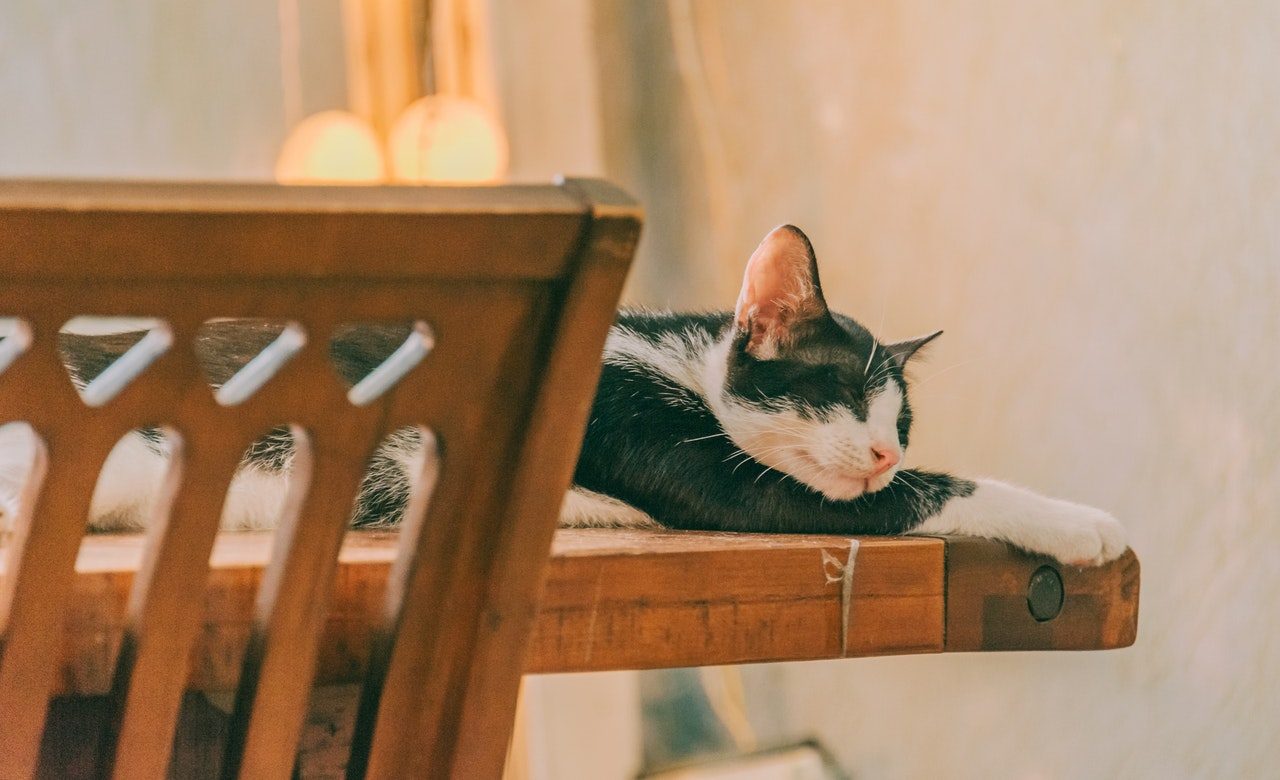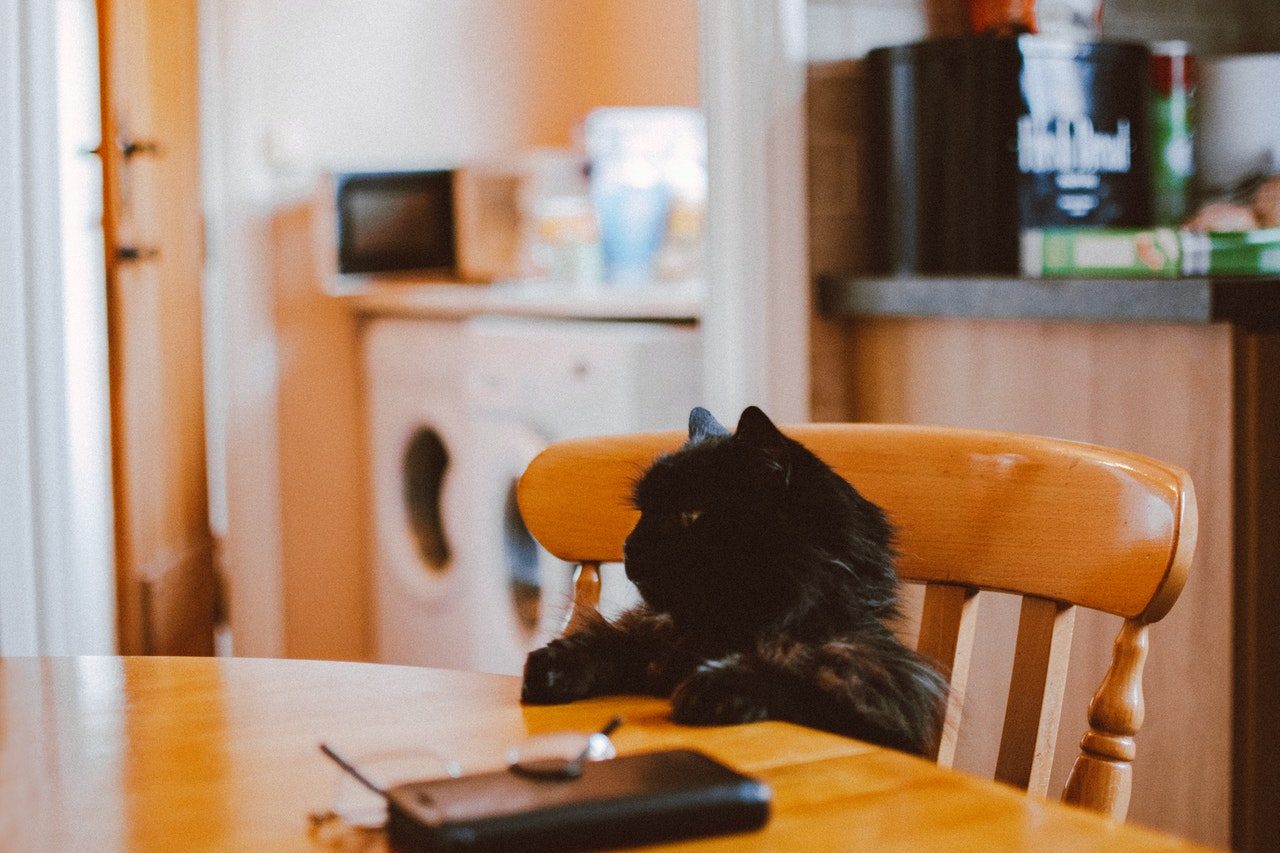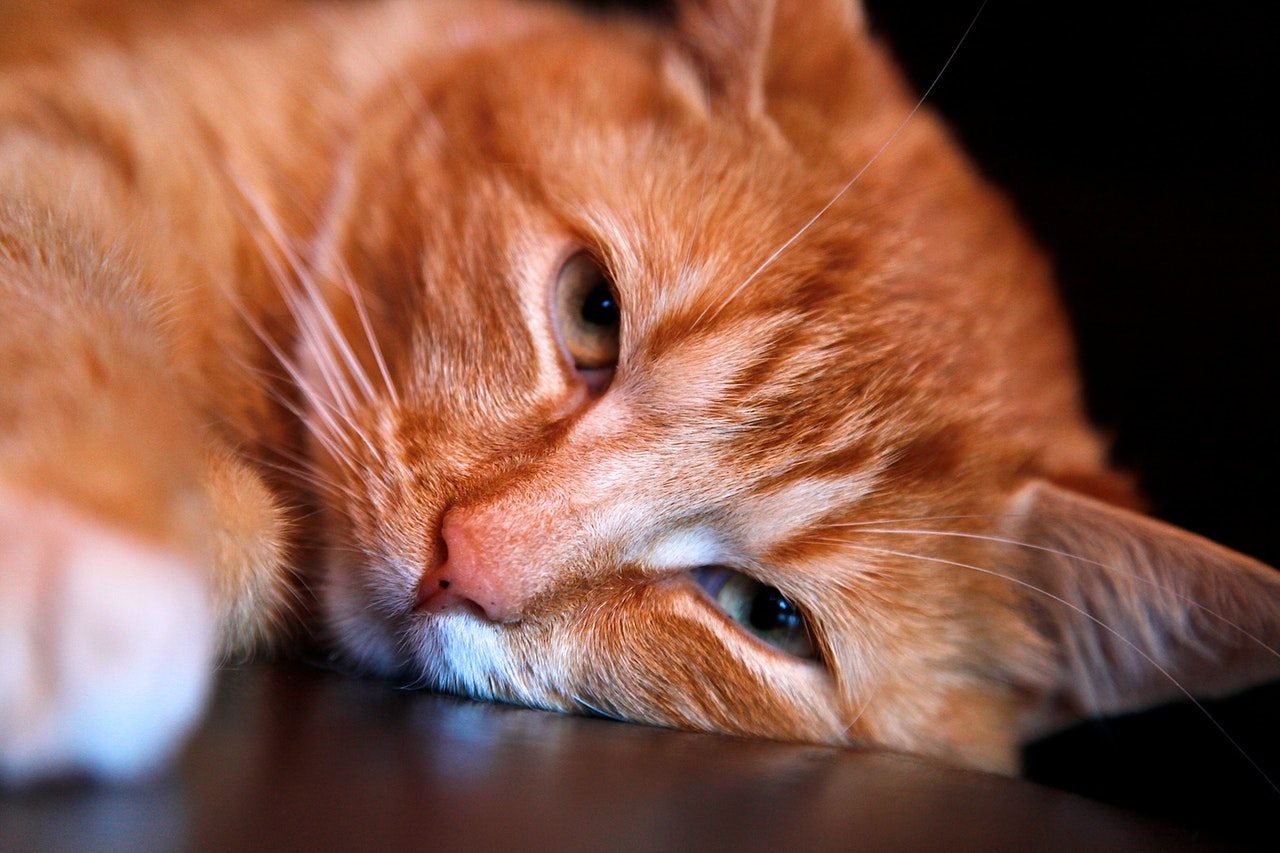Cats are intelligent, curious creatures who love to investigate every inch of their surroundings. From your baseboards to the top of your refrigerator, cats leave no surface untouched. Unfortunately, this also includes your kitchen table and your countertops. While you may not always catch your frisky feline in the act of slinking across your counters, you’ll most likely find tufts of hair, paw prints, and possibly even scratches left behind. If you share your home with a feline companion, you’ve probably wondered how to keep cats off counters. Are you tired of your cat jumping from the litter box to your dining room table? Let’s find out why cats enjoy jumping on tables and counters — and how you can put a stop to it once and for all.

Why do cats like to jump on the counter?
Cats are natural climbers. In the great outdoors, cats climb trees to evade predators, move safely through their environment, and hunt their prey. Even domestic cats have a tendency to climb, especially if you have small children or live in a multi-pet household. Children want to play with and snuggle the family cat, and constant stimulation can overwhelm your fur baby. An easy fix? Jumping onto the nearest high surface a small child can’t reach — the countertop. (Some cats may even leap onto bookshelves or the top of the refrigerator if they can reach those surfaces.)
If you have a dog, your cat may try to escape him by jumping out of reach. Cats feel secure when they’re perched up high in a location with a good view of their surroundings. You may think your fur baby is being naughty, but in her mind, she’s simply retreating to a place of safety.
How do I stop my cat from jumping on the counter?
The best way to keep your cat from jumping on the counter is to discourage the behavior as soon as you bring her home. Refrain from feeding your cat on the table or counter, as this will only encourage her to jump up in search of food. If you have a dog, try feeding your cat in a separate room to prevent the family pup from making her feel threatened during dinnertime — or trying to share her food. Keep your countertops and tables wiped clean at all times. Even the smallest crumbs of food may attract your cat to climb where she’s not wanted. You also should refrain from storing houseplants or interesting decorative pieces that may attract your cat’s attention on surfaces you want her to avoid.
We also recommend that you invest in a cat tree, which will encourage your cat to play and climb on a surface designed for her enjoyment. Most cat trees come with built-in scratching posts, so you’ll also help her keep her claws healthy in the process. When you catch your cat trying to jump, firmly tell her “no” and remove her from the area. Don’t try to distract her with food, playtime, or treats; she may form a mental association between jumping on the counter and getting attention or a snack, which will only encourage the very behavior you’re trying to prevent.

Does tinfoil keep cats off counters?
If nothing you’ve tried so far keeps your cat from jumping on the counter, it may be time to try another trick. Lining surfaces with tinfoil creates a deterrent that keeps most cats from climbing on counters and tables. Taping strips of tinfoil to the edges of tables and countertops will quickly turn them into a no-jumping zone. Depending on your cat, this won’t be an immediate fix. Cats have a short-term memory of roughly 16 hours, so it may take her a few days or longer to learn not to jump on the newly tinfoil-covered surface.

Why does aluminum foil keep cats off counters?
Aluminum foil creates a slippery surface on the countertop, reducing the traction your cat needs to properly climb up. Most cats hate the smooth texture beneath their paws, so your fur baby will be less likely to want to climb on the counter in the first place. Some experts believe cats are also driven away from tinfoil-covered surfaces because of the sound it makes. If your fur baby falls under that category, you may want to tape down one side of the foil and leave the other loose to create that crinkling sound cats dislike.

Final thoughts
Training your cat not to jump on the counter or table takes time and patience. Just like dogs, cats learn through positive reinforcement. Try to maintain a stress-free environment to prevent your cat from associating jumping on the counter with positive feedback (escaping a stressor). Provide her with cat-friendly climbing surfaces, keep dogs and children away from her feeding area, and never feed your fur baby on the table or countertop. It may take time for your cat to learn to stay off the counters, especially if she’s already in the habit of climbing them, but she’ll eventually learn that climbing on the counter is a no-go, and you’ll be able to reclaim the kitchen table and countertops for yourself.



